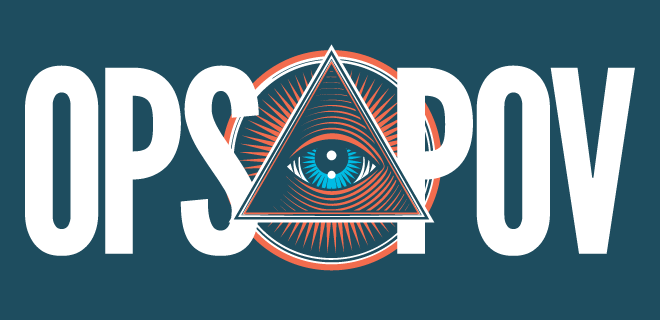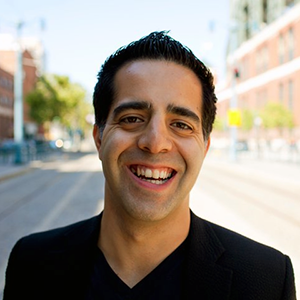
Lately, there’s been a lot of talk among publishers about how advertisers are pausing or adjusting ad spend since COVID-19 arrived.
As if publishers weren’t struggling enough since advertisers blacklisted “coronavirus,” “pandemic,” “COVID-19” and any other related terms causing a revenue crisis.
While spending is down across the board, the IAB Coronavirus Ad Spend Impact: Buy-Side Report reveals an interesting trend: brands are actually increasing their mission-based marketing efforts by 42% and cause-related campaigns by 41%.
This pivot in spend is working favorably for brands. Recent research shows that consumers still want to hear from brands, but mainly about how they are responding to COVID-19. In fact, the messaging shift is changing people’s perceptions of advertising. An online focus group conducted by AI-driven research platform Remesh found that 74% of participants were “more likely to buy from a brand if they are running ads that show how they are helping underprivileged and those in need.”
We spoke with Peyman Nilforoush, CEO & Co-Founder of content marketing platform, inPowered about the trends his company is seeing with their clients in terms of shifting to mission-based marketing and how inPowered is matching COVID-19 related brand spend dollar-for-dollar.
Gavin Dunaway: Can you share examples of the messaging from some of the brands working with InPowered? How are you evaluating effectiveness?
Peyman Nilforoush: Many of our advertisers are not using our platform to sell a product right now, but instead have made major adjustments to their messaging in ways that are immediately helpful to the public. For example, we have a major telecom brand, who is pushing out news articles about the steps they are taking to make the internet more accessible to low-income and underserved users. They are also waiving data caps for service and postponing bill collection, so they are doing a lot to get that message out as it has immediate relevance and usefulness for existing (and potential) customers.
Additionally, this brand is using our proprietary AI-based Call-To-Action technology to get a real-time read on the sentiment about their brand after an article has been consumed, and the brand sentiment lift they are seeing is much higher than a typical brand campaign. Another example of how brands are responding with their content marketing messaging can be seen with a pharmaceutical research organization, who is creating and promoting content about what members of the pharmaceutical community are doing to directly fight COVID-19; including developing vaccines and preparing factories to produce large quantities of vaccines, donating medical supplies, and conducting trials for treatments and therapies.
These brands are evaluating “effectiveness” not just based off traditional metrics, but instead how helpful they are to their customers during these challenging times and how their message is being received. For instance, the telecom client is offering free WiFi to low-income users for 60 days, and if more people know about this, it can really help them right now. Other advertisers are looking to the future and wanting to stay top of mind to the public; so that when the time comes for them to be useful again, there will be a positive association of what brands did the right thing during this pandemic.
From a pure KPI perspective, it’s all about driving real ROI with content marketing. All of these clients are looking at Time Spent as a top indication of users’ interest as well as the click-thru rate on the call-to-action that follows and the brand sentiment lift as a result.
GD: Where are these brands actually advertising—how are they targeting users? Is there any interest in advertising with local news operations that are essential to reporting the pandemic but are struggling on the revenue front?
PN: All COVID-19 content promoted using our platform are targeted based on the actual content and our AI technology. The process works as follows:
- Once the brand’s COVID-19 content is uploaded to inPowered’s platform, our AI scans it and determines the exact combination of image, headline and ad targeting that delivers the highest amount of quality traffic to the content at the lowest Cost Per Engagement (minimum 15 seconds time spend with the content).
- The AI would then amplify the content using these parameters across all native ad placements on Facebook, Yahoo, Tradedesk, Taboola, Twitter, etc.
- Once the user clicks on the promoted content and spends a minimum of 15 seconds reading the content, a proprietary call-to-action slider captures the desired outcome for the advertiser. The CTA can be simple brand lift/sentiments measurement asking how they feel about the brand after reading the article, it can also be an email subscription or any other business actions that the brand wants to drive.
GD: Does Google rolling back its ban on Covid-related advertising change these mission-based marketing efforts?
PN: It’s been helpful for sure, however, we are seeing brand’s content marketing efforts leading the charge for all COVID-19 related efforts. They have a specific focus on helping customers in real and meaningful ways and turning to platforms like ours to help amplify that message and achieve a reach further. This was really the inspiration behind the announcement we made a few weeks ago that every dollar spent by brands to promote COVID-19 related content through our platform will be matched by us at 100% to increase the reach and impact of their campaigns.
